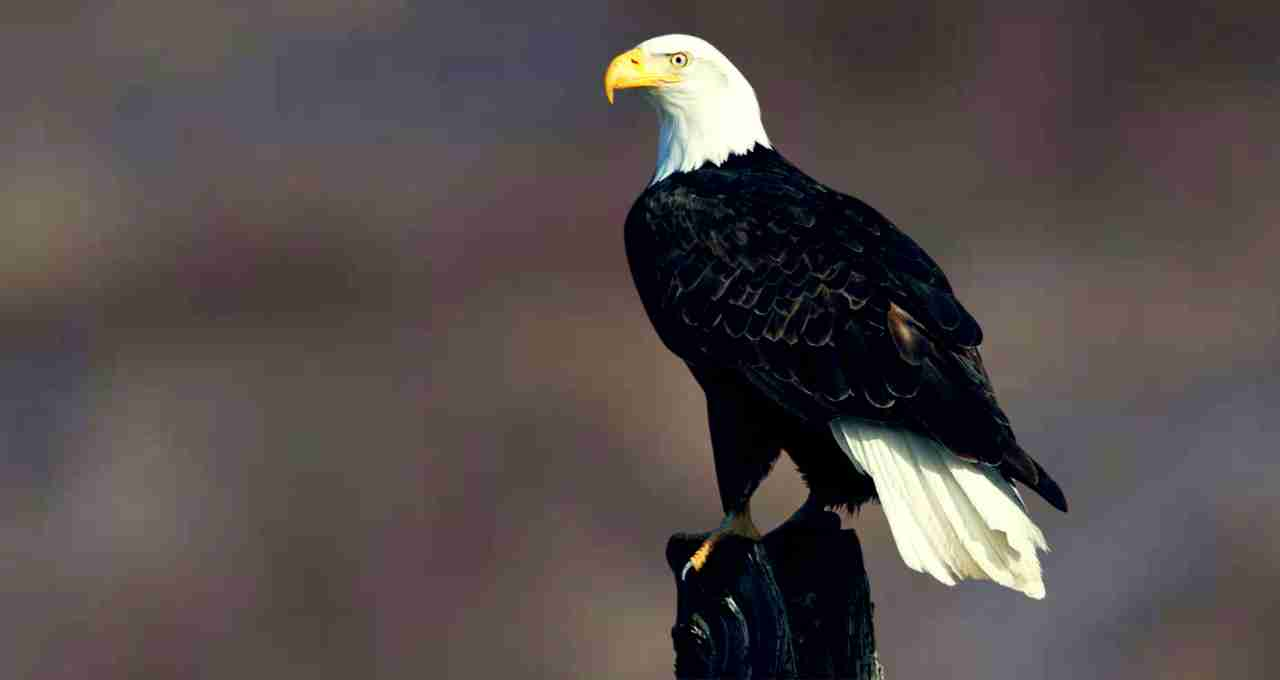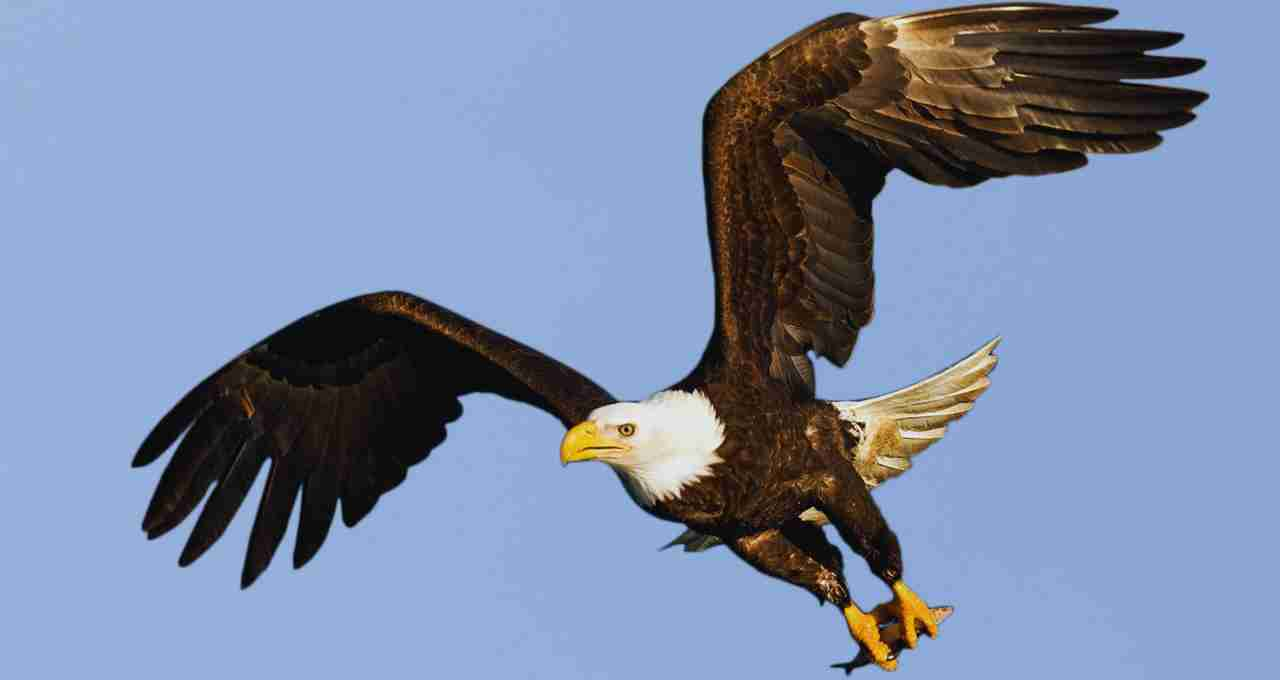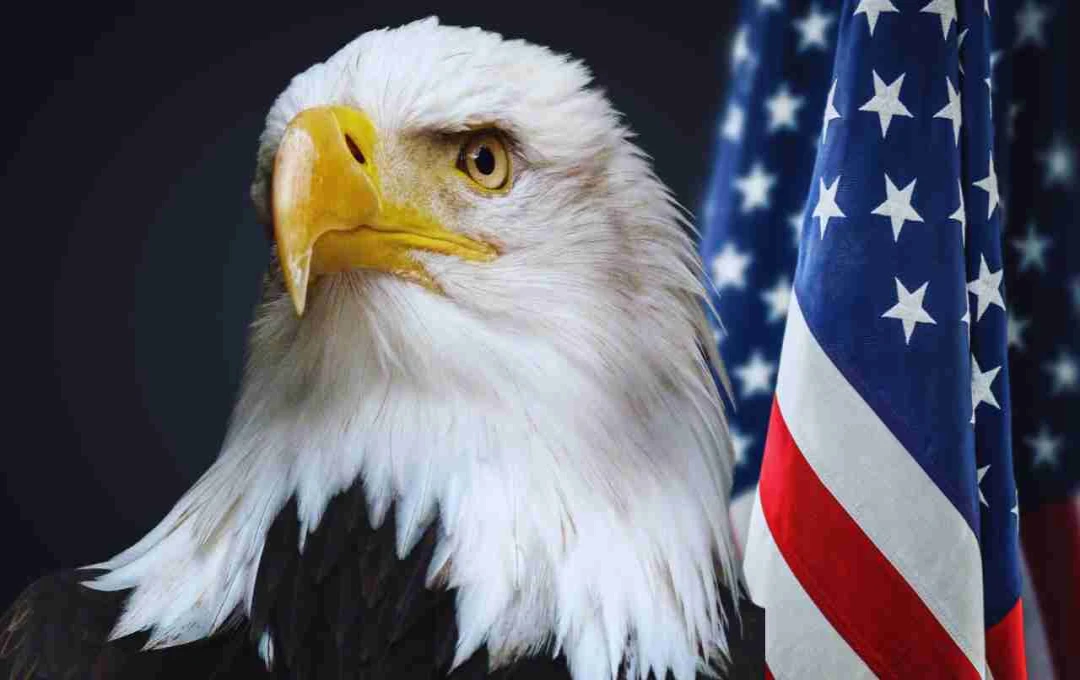American Eagle Day is observed annually on June 20th. This day is dedicated to the Bald Eagle, America's national bird, a vibrant symbol of freedom, strength, and patriotism. It is not merely a bird, but a living emblem of a nation that fought for independence, embraced democracy, and established its own identity on the world stage.
The Bald Eagle's image frequently appears on the American flag, government seals, and military insignia. However, behind this glorious bird lies a history of struggle, which is crucial to understand and share.
The Bald Eagle: America's Glory
While sometimes referred to as the "bald eagle" (though its head isn't actually bald—the name refers to its white head feathers), this majestic bird is easily distinguished from others by its distinctive white head. It is large, powerful, and possesses a keen eyesight.
Native to America, it's commonly found near lakes, rivers, and coastal areas. Its fierce protectiveness of its nest and lifelong commitment to a single mate symbolize loyalty and responsibility.
The History of American Eagle Day

American Eagle Day's origins trace back to the 1990s. While many believe former President Bill Clinton first proclaimed the day, documentary evidence remains elusive. Nevertheless, the idea gained traction across several states, gradually achieving national recognition.
In 2007, the U.S. Congress officially recognized and declared June 20th as American Eagle Day.
However, the story of the Bald Eagle becoming a national symbol begins in the 1700s. The process of designing an official seal for the United States commenced in 1776. Charles Thomson, then Secretary of the Continental Congress, combined elements from various designs to create a new seal prominently featuring this magnificent bird.
Interestingly, Benjamin Franklin opposed the Bald Eagle, calling it a "bird of bad moral character" and suggesting the wild turkey as a more suitable national bird. Despite this, on June 20, 1782, the Bald Eagle was incorporated into the official seal of the United States, becoming an integral part of American identity.
Why is American Eagle Day Important?
Today, the American Eagle is again a subject of discussion, but this time due to its endangered status. Once prevalent throughout America, hunting, pollution, and habitat loss have driven it to the brink of extinction.
The 1950s and 60s witnessed a drastic decline in their population due to pesticides like DDT. Subsequently, conservation efforts were launched, culminating in the Bald Eagle's protection under the Endangered Species Act in 1973. American Eagle Day serves as a reminder of our national and moral obligation to protect this majestic bird.
How to Celebrate American Eagle Day?

The primary aim of American Eagle Day is awareness and conservation. You can celebrate this day in several positive ways:
- Spread Awareness: Share posts on social media highlighting the importance of Bald Eagle conservation. Use hashtags like #AmericanEagleDay.
- Wear Eagle Apparel: Wear an eagle-printed T-shirt, cap, or badge, proudly displaying your solidarity with the national symbol.
- Educate Children: Explain the significance of this day to children, fostering a love for nature and conservation.
- Engage with Conservation Organizations: Support the Bald Eagle's conservation by joining wildlife foundations or bird conservation groups.
- Plant Trees: Bald Eagles require trees for nesting. Tree planting enhances their natural habitat.
Our Shared Responsibility to Save the Bald Eagle
Saving the Bald Eagle is our shared responsibility because this bird is not only a symbol of America but also a part of the ecological balance. Although its population has somewhat recovered, it remains vulnerable. Collectively, we must ensure that future generations can also witness this magnificent bird. This requires halting deforestation, safeguarding the climate, and raising public awareness. We must integrate natural conservation into our habits and culture.
The Bald Eagle is not just an emblem of America; it reminds us of the importance of natural beauty and freedom. Protecting it is our duty, so future generations can witness and be inspired by its majesty. Conservation should be a lifestyle, reflecting our love and responsibility towards nature.















